|
After Europe and a short break, we headed to Asia. Our first stop -- Tokyo!
Tokyo has been fabulous! Even for me the second time visiting Japan, there was still so much to discover. So we thought we would make a how-to-survive Tokyo episode. It’s our first “full length” episode. Woot! We are kind of excited about that. Some thoughts we had immediately landing in Tokyo:
This episode is called “Not Lost in Translation”, but let us know if we misinterpreted somethings and totally got it wrong. 😊 If you like our videos, let us know by subscribing here: https://www.youtube.com/user/vu360 Real-time photos on Instagram of our trip from where we are currently: vu: https://www.instagram.com/vu360/ Isabella: https://www.instagram.com/chillabella/ -Vu
0 Comments
After visiting Denmark, we stopped over in Paris for a week. Paris is one of our most favorite cities in the world. Probably the city we've visited the most in our travels. So this time we spend much of our time exploring the neighborhoods of Paris and hopefully getting a different perspective on the "city of love". Follow us as we do a quick walk through of some of our favorite neighborhoods. If you like our videos, let us know by subscribing here: https://www.youtube.com/user/vu360 Real-time photos on Instagram of our trip from where we are currently: vu: https://www.instagram.com/vu360/ Isabella: https://www.instagram.com/chillabella/ Thanks, Vu + Bella P.S. We are still recovering from the flu which is pretty much a global epidemic, but hopefully we are really through it this time. So expect more blogs coming soon! Also in Paris, it was hard to find a local French craft microbrew beer. Although we know there are some, most of the beers were international and the closest was probably Belgium beers, which we love. So sorry no GBPI for Paris. Does good food lead to happiness or is it the other way around? We set out to explore the food scene in Copenhagen to get a perspective on it.
We thought an interesting place to look is at one of the top restaurants in Copenhagen (and the world). With NOMA closed for renovations until Feb 2018 and after considering several well regarded restaurants, we finally decided to make a reservation at Relae! Chef Christian Puglisi has a meticulous and unconventional approach to food and combining that with an innovative approach to casual fine dining, it made the experience amazing! At half the prices of places like NOMA, it was also more accessible. And to find out that this restaurant was the first to open in a neighborhood “riddle with drug”, as one local article puts it, was astounding. Some say Ralae has helped transform the neighborhood, others will say it was an economical way to start a restaurant. Whatever it may be, we definitely enjoyed spending a morning hanging out at Jægersborggade in Noerrebro where Relae is and warmed up with a tasty bowl of porridge at Grød too! On the evening at Relae, we began to understand what they mean by “no muss, no fuss” casual dining experience. It meant as you enter the restaurant, we were immediately greeted by one of the friendly chefs, which felt like someone was inviting us into their home and kitchen. He led us past the kitchen towards the dining room. So you cannot miss the energy of the kitchen with the chefs working in unison and the smell of the food was mouth-watering. There was no doubt – our experience had begun. In the main dining area, we were seated at a perfectly sized natural wood table for 2 under a vignette light. The chef let us know that we will find our menu and cutlery in the pull out drawer at the table. Self-service with our own eating tools, I really like that. As the night progressed, we noticed the same team that serves also works in the kitchen too. Perhaps, there are no servers, just chefs working together to cook and serve and answer questions from diners while they were taken through the experience? We don't know for sure, but what we know is they are very knowledgeable of every ingredient, their origins and took the time to explain things when we had questions. On one occasion, one of the chefs retrieved his iPad to show us a picture of a vegetable we hadn’t heard of. It was definitely like being at a friends house, but you rarely find friends that can cook like this. With all our senses heightened with anticipation, the crisped sunchoke with juniper cream dip amuse bouche did not disappoint. Being causal fine dining also means the presentation is monochromatic in color but multifaceted in flavors. After 3 freshest display of Scandinavian's pike perch sashimi, seared trout and smoked salmon with caviar, there was this celeriac caramelized cream with coffee and toasted sesame. This was by far the most taste-provoking dish of the evening. Every bite was creamy, hearty, and bursting with pleasant yet unexpected flavors one after another. Next, we found out Relae has their own farm not only for vegetables but for game animal too. With a 19-day-aged goose over dehydrated and rehydrated yellow beets cleverly disguised underneath. The two meld together perfectly with savory goose sauce and intensified sweetness from the beets. Following the goose was the Rød løber (local cow's milk cheese) and blackberry tart to chase the richness before we cleansed our palate with clementine shaved ice over charcoal ice cream. This was one ice cream flavor I won't forget anytime soon! Finally, we came back down to earth with a rustic comfort of a pumpkin tart. Today, chefs take their skills and creativity to new heights, presenting scrumptious meal and a delightful experience for their patrons. Many aims to fulfill every physical sense with fanciful plating, amazing smells, luscious tastes and even tantalizing sounds to an art form. At Relae, the understated elegance of the presentation and atmosphere is atypical for fine dining, however, these elements only highlighted the caliber of the team and their unique uses of the freshest ingredient and masterful creations. My attention was diverted back to the tastes of each dish and the easy feeling of having a wonderful meal amongst fellow patrons. I can only imagine this level of subtle excellence has been attempted by many but very few are able to achieve. A wonderful unique experience, one can only wish there will be more like this in the future! Going back to the original question, we don’t know if it takes happy people to create amazing food or if amazing food creates happy people, but the food at Relae made us very happy. We landed in Copenhagen in early December and made our way to our room in Nørrebro. We generally like edgy gentrifying neighborhoods to stay in, which is often more interesting, but usually because it’s cheaper.
In Nørrebro, you will feel the swirl of all the impactful influences of our time – diversification, local and sustainable, and ingenuity and craftsmanship. Historically it was the working-class neighborhood outside the city limits, but today it is an interesting and affordable places to live and visit. You can also see the amazing impact of immigrants over the years through food and shops. This is a neighborhood, where one in six people carry a non-Danish passport. The neighborhood also has a notorious history of violence and protest, but today it seems like an up-and-coming place to live. Young entrepreneur, artisans, craftsmen picking it to be the places to start building their business. For instance, we lived only a couple of blocks away from Relae, which is one of the top restaurants in the world. We split our time in Nørrebro and Vesterbro. Vesterbro was going through major renovation while we were there, but it was clear why this was such an appealing neighborhood to live in. The streets were lined with intimate shops, restaurants, and pubs and family strolling with their children was a norm. Or sometimes parents stopping for a quick bite and drink and kids in the stroller parked outside the restaurant. This is something we would never fathom in the US, but common place in Denmark. Vesterbro, like the rest of the city, puts a lot of trust in its fellow citizens. When we wander through out the city, we continue to see the same things over and over again – trust and respect for others, accessibility of resources, creative and ingenuity that spans everything from foods to architecture, and an active lifestyle. On the latter, it is a sight to see rush-hour bike traffic on major roads like Nørrebrogade, watching mass numbers of bikes orderly maneuvering to get home often in rain or snow. Copenhagen is a wonderfully progressive place! For more, check out our video about our visit, but here are a few tips:
The Danes are well known to be some of the happiest people on earth, but for Copenhagen, if I had to come up with a brief description, it would be that Copenhagen epitomizes all the best of what makes a hipster community with little pretense. Fantastic! It's a place we can imagine calling home. -Vu P.S. We took some time off in late December for the holidays and now we are both sick with the flu, but expect more post soon! Grocery Beer Price Index: 18.95 DKK for Stenol Ale 500ml ($3.10) We visit Copenhagen to see what makes Denmark the happiest country in the world. After our visit, we got a little glimpse of why. Copenhagen is a fantastic place to visit for food, architecture, and culture. A place that can only be crafted by happy people! We forgot to mention in the video that the street food on Paper Island is closed on the 22nd of December, 2017. We were there just a couple of weeks before they closed. Hopefully, they will be back in the new development. Real-time photos on Instagram of our trip and where we are currently: vu: https://www.instagram.com/vu360/ Isabella: https://www.instagram.com/chillabella/ One of the best way to make sure you get all the latest video is to subscribe to our YouTube channel: https://www.youtube.com/user/vu360 Thanks, Vu + Bella After leaving the arctic and the northern lights, we look for a little holiday cheer in Stockholm. Stockholm is an amazing place to visit for the holidays! We also hear that Santa Claus is hiding out in Stockholm and we set out to find him and see the city. ;-) Merry Christmas! After leaving Split Croatia, our main focus was Tromso and the northern lights. We had very rough weather and didn't know if we could see it during our week visit. We share what happened in the video blog. You can also check-out all the past episodes here. The Nordic countries are renown for some of the most balanced governance - better wealth distribution, investment in higher education, more environmentally focused, open and free press, little government corruption, and thriving economies. So, what do you expect when you land in the largest city of the Nordic countries? The bar is set high.
There are certainly classic architecture, amazing monuments, and grand parks. Stockholm has an abundance of museums and theaters. Everywhere you turn is a school. The public libraries and other public spaces are filled with kids “studying”. Then you have the world shaping Swedish brands (IKEA, Spotify, Skype, H&M, Electrolux, AstraZeneca, Volvo) that help drive a healthy Swedish economy. Of course, you have the classic people-centric European city planning (communal plazas and pedestrian and cycling pathways) designed to connect people. So, the city lives up to expectation! Although with every major metropolitan, there is always an unsavory underside; however, in our brief visit, we were a bit surprised to not really find it. It was a little unexpected. Here are some unexpected things about the city:
We really didn’t explore enough of Stockholm to truly understand it, but from what we saw as a tourist, Stockholm might be the perfect city. It at least makes us want to come back to see and discover more of Stockholm and Sweden. It’s amazing! -Vu P.S. After Tromso, Stockholm was a little friendlier to the pocket book, which was nice, but don't expect a bargain. Grocery Beer Price Index: 15.90 SEK for 33cl Bordsol Nils Oscar ($1.92) When we downsized and got ready to move across the world to get ready to set sail, we never figured that we would ever need winter clothes again, but with the boat not ready, we found an opportunity to wander to places we’ve not been and do something we been wanting to do.
So, before we are in perpetual summer, we want to experience a proper snowy winter. There’s only one place for that. The arctic circle! My only reference to a place like that was this show called Northern Exposure. I never really watched it, but I caught enough episodes to get a sense of what it was like to live in a small town near or in the arctic. For me, Tromsø has the quirky personality and out-of-this-world seasons of (fictitious) Cicely Alaska meld with Viking modern aesthetic and culture. Personally, that is attractive enough to come see this place of polar nights (sun never rises) and midnight sun (sun never sets)! However, we are here to see the northern lights or aurora borealis! Tromsø is one of the places in the world where you can pretty much see the northern lights all the time, if the sky is clear and dark. With it in the arctic circle, you can look up and see the aurora circle all around you above. It’s pretty amazing! We were definitely not disappointed. Within the city, there are several really great tours to help you see the northern lights or you can head out on your own with a rental car (you should have experience driving on ice). We personally like meeting new people and driving didn’t seem that appealing. To chase the lights, it was a no brainer to go with guides who knew the best places and were in constant contact with other guides on the best places at the moment. For us, it made all the difference on a day where it was very cloudy and the aurora was weak. They were amazing!!! We would recommend these guys. Tromsø is setup for tourism and there is a lot of options for outdoor adventures. Unfortunately for us, either the weather was bad or the adventure wasn’t available on the day we were free. So, it can be unpredictable, but even on the down days, Tromsø can be spectacular (see more below)! Here’s our thoughts on Tromsø:
Seeing the aurora is an amazing experience! Something worth doing. Of course, there are many places where you can see the northern lights, but we can definitely recommend Tromsø. If you want to see what it was like, check back in a couple of weeks. We will have a video that shares some of the things we experienced. -Vu P.S. If your are looking at the Grocery Beer Price Index (GBPI) in the blog, Tromsø definitely set a new high. Grocery Beer Price Index: 29.50 NOK for 500ml Mack Pilsner ($3.58) Just about a month ago we had a long layover in London. In that 11-hour layover, we actually had enough time to see many of the major tourist attractions. So, what did we do this time?
Being on a budget is really a blessing for us on this visit. It forced us outside the tourist areas and into a neighborhood that we had never explored and saw so much more of what London is about. Walking and exploring the neighborhood is how you really discover the soul of a city. So, we were excited to land in Battersea and wander. From our home base, we spent much of our time roaming Battersea, Clapham, Chelsea, and Westminster. Each of theses neighborhoods (district/city), were so unique. You can see the gentrification and diversity of Battersea and affluence of Chelsea. Clapham was vibrant with young professional, but maybe a counter to Shoreditch edginess and liveliness, which reminded us of home in the pacific northwest. Tip: Eating in the many great takeout (mom-and-pop) places in Battersea is the best way to stay on a budget, but the really amazing things are the owners. They are super friendly and really want to get to know their customers. Each place made us wandering nomads feel like we were at home. That's a win in our book! Oh, they also only accept cash. We were also able to do a quick getaway to Stonehenge and Bath. We did it on a tour coach versus public train. It allowed us to see the country side and it was in the end cheaper and more convenient. Often people pack their day tours, but we looked for a tour solution that provided us the most free time versus being ushered around and not being able to experience anything. Oh, and we really enjoyed Bath and Stonehenge! Definitely go! Tip: The most common day tour from London is Westminster, Stonehenge, and Bath with a lunch stop, but you are in a constant rush from one place to another with a bunch of driving in between. The Stonehenge and Bath only (no food) trip gives you guided information on the bus, essentially entertaining transportation, but provides free time once you get to the destination, which was perfect for us. We had about 1.5 hours at Stonehenge and 3.5 hours in Bath to do whatever we liked. It was a long day though, starting at 8:30 am and returning around 7:30 pm with traffic. If you have extra time, I would spend a couple of days in Bath. Although we were in London for more than 4 days, it was fast. We had an American Thanksgiving in London, which was the first Thanksgiving abroad for us, and then dinner and cocktails into the early morning on Black Friday with our friends. No shopping for us. Sites are nice, but nothing beats time catching up with friends! -Vu Grocery Beer Price Index: 2.1 pounds for 500ml Fullers London Pride ($2.75) |
AuthorVu + Bella Categories
All
Archives
March 2021
|
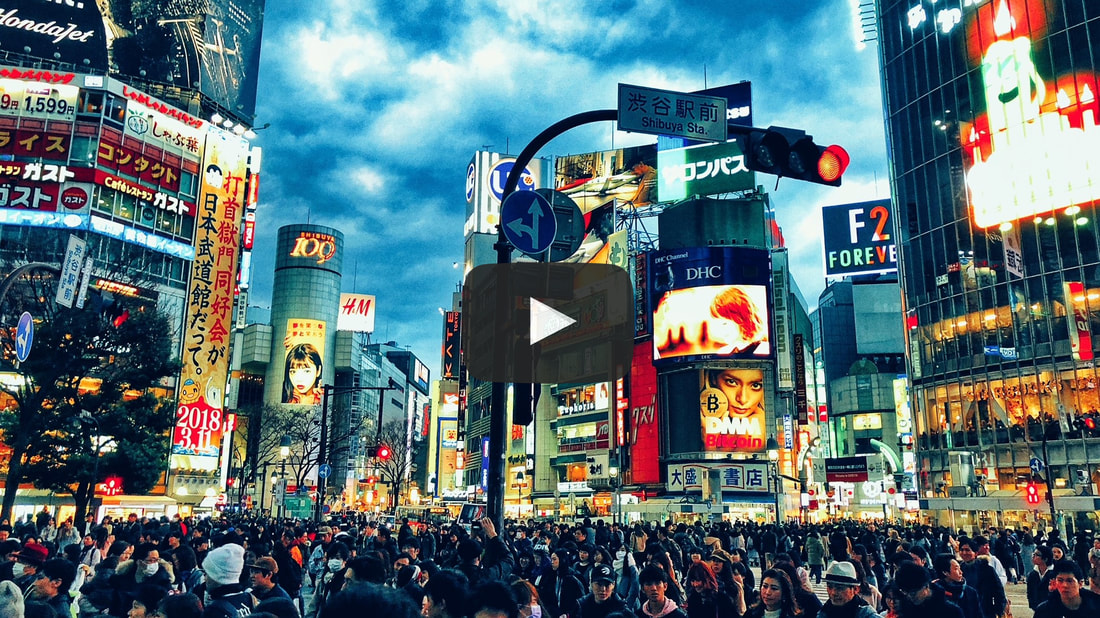
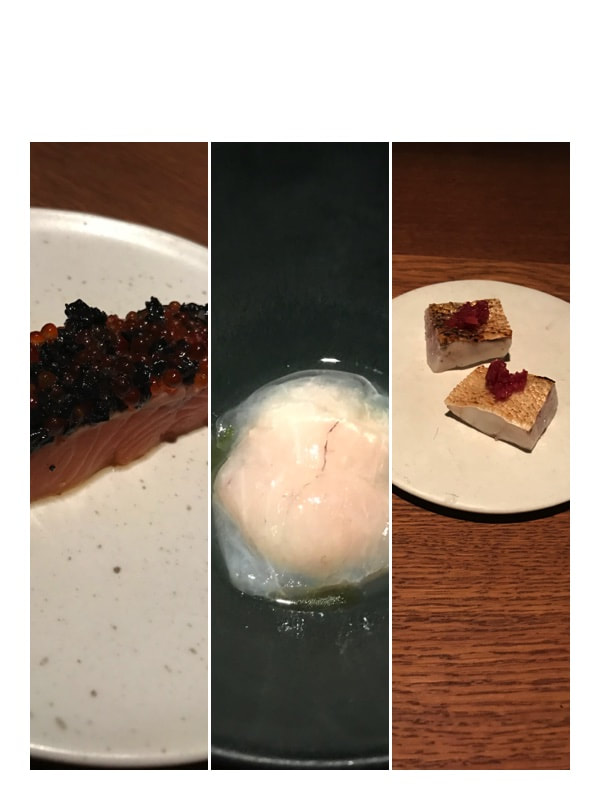
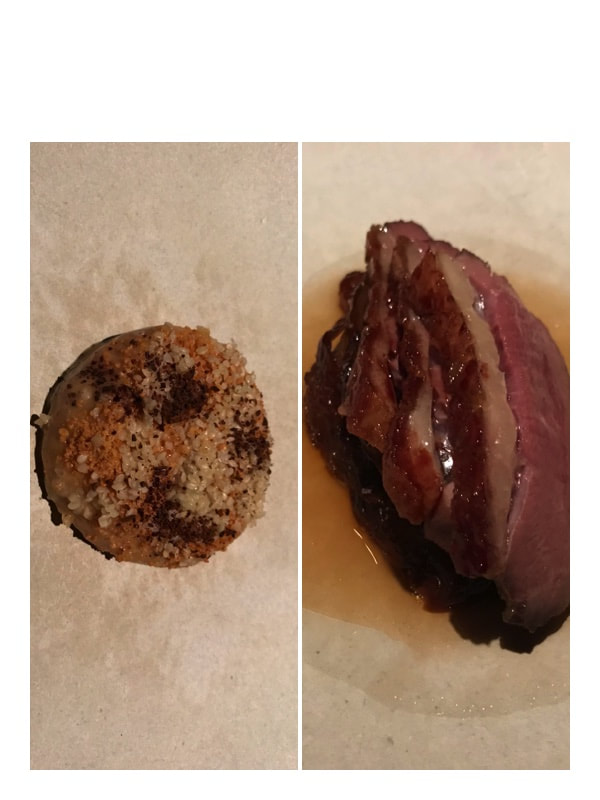
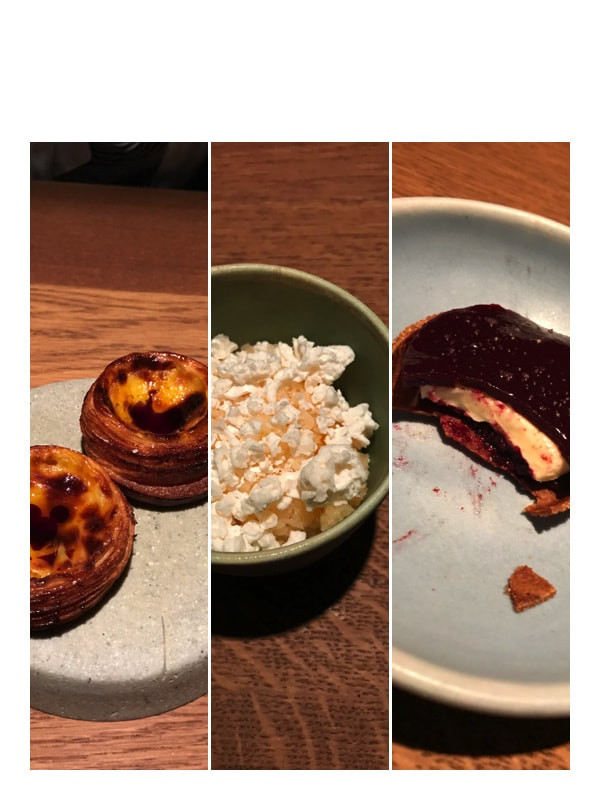
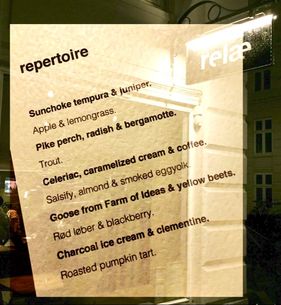
 RSS Feed
RSS Feed